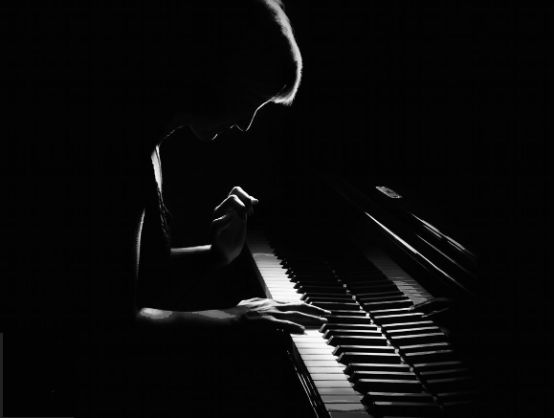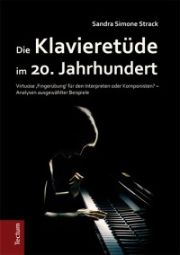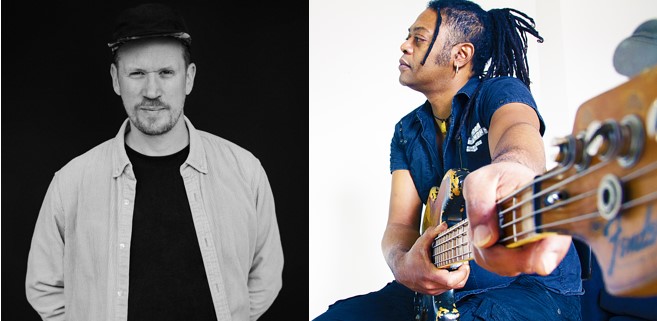Measured virtuosity
A comprehensive study is dedicated to the piano etude in the 20th century. It was written as a dissertation. And therein lies the problem for readers.

In the first sections, the author gives us a historical overview of the genre of the "etude": What is the difference between an etude and an exercise? What constitutes a salon etude? And how do the concert etudes by Chopin and Liszt fit into this context? The author also has a lot to say about virtuosity in general: How can it be acquired? How are virtuosity and speed connected? Does virtuosity have positive or negative connotations nowadays?
Sandra Simone Strack explains all these aspects in a very differentiated, but at the same time easily readable language. The core of her more than 350-page work then lies in the precise analysis of several piano etudes of the 20th century: works by Scriabin, Ives, Bartók, Messiaen, Wyschnegradsky, Cage, Kagel and Ligeti. Not only are the individual pieces explored down to the most hidden corners, the author also attempts to relate the works to one another using comparative statistics in numerous tables. But what is the point of all these facts and figures? A personal conclusion can hardly be drawn from all these efforts; the answer remains unsatisfactory even for experts on the subject. Perhaps it would have been more enlightening to look for a reference to piano-playing practice and bring in their experience? The author's statement that "a survey of pianists would also only have yielded subjectively colored values" falls somewhat short of the mark. The sense and nonsense of dissertations: A broad field!
Sandra Simone Strack, The piano etude in the 20th century. Virtuoso "finger exercise" for the performer or composer? Analyses of selected examples, 374 p., € 39.95, Tectum Verlag, Marburg 2013, ISBN 978-3-8288-3166-7









